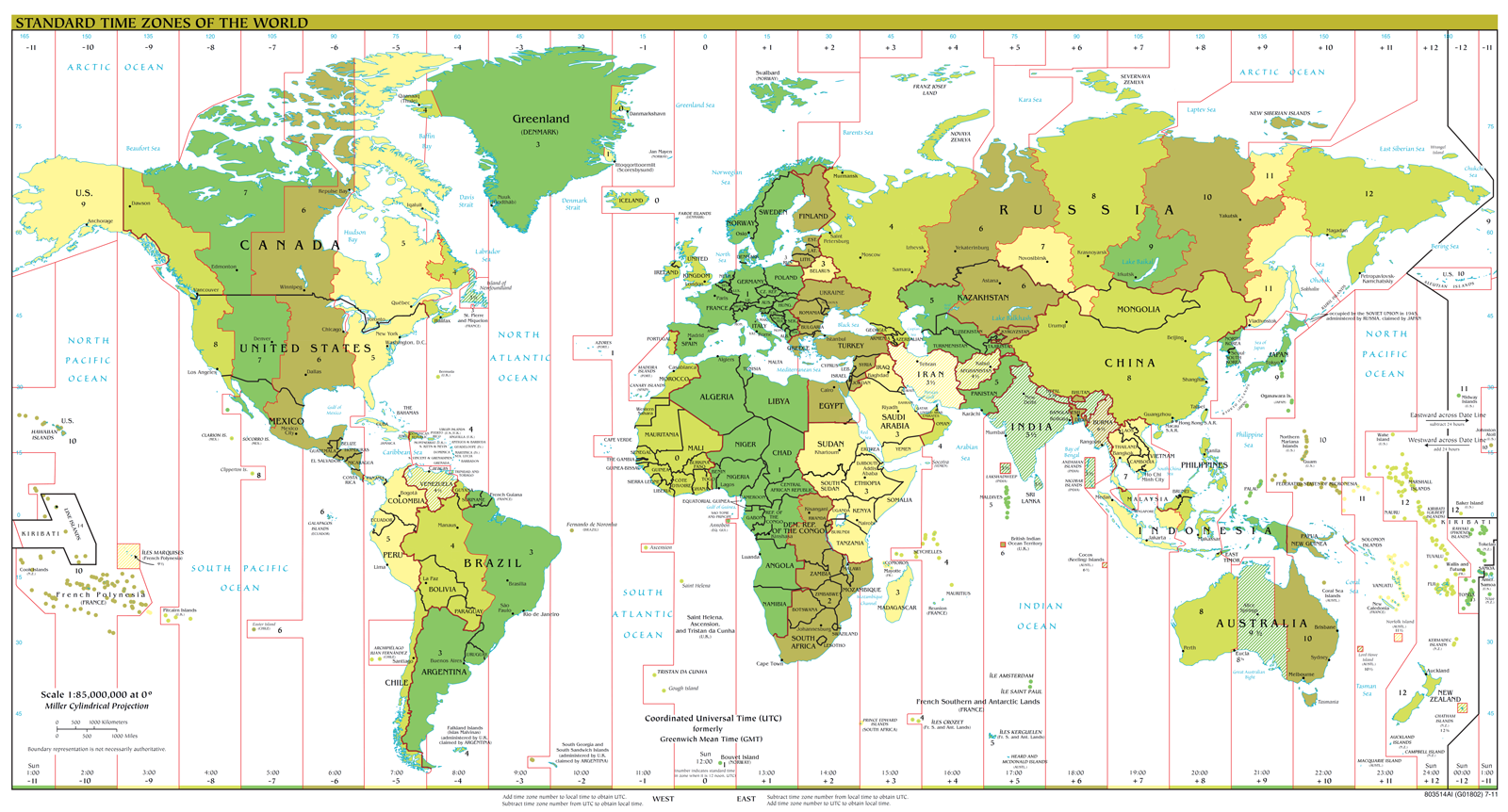


 Français
Français
Understanding > Fundamental concepts > Time III
THE LEGAL TIME
What time? legal time? daylight saving time? the time on your watch? the time broadcast by the speaking clock?
Time allows us to measure the running time during the day. It measures a duration from the beginning of the day unlike the numbers of days, months, years, centuries, millennia, which indicate a number order in a timeline (see page on calendars
The only natural hour that we can see is the time given by the Sun due to the alternation of day and night: the Sun indicates "noon" (this is when it is highest in the sky) from which we derive the "midnight". By convention, we count down 24 hours in a day from noon to noon or midnight to midnight. For centuries, the solar time was the only accessible with sundials. It defines the true solar time in a place as the local hour angle of the Sun. It is a concept hybrid that compose both the motion of the Earth around its axis and its revolution around the Sun.
Solar time, however, has several disadvantages: firstly it is local, that is to say, it depends the place where you are. Second, it is not uniform because the eccentricity of Earth's orbit (see page on time scales ). This problem has been solved by using a mean time resulting of an average over one year. We know the difference between the true solar time and the mean solar time as the time equation. There is still the problem of an hour depending on where you are. This problem was solved in the XIX th century under the leadership of railway companies which found preferable to use the same time everywhere. In France they took Paris civilian time being the mean Paris time increased by 12 hours. This last stipulation comes from the fact that the mean time starts at noon (this is the moment observable), which is not practical in everyday life ...
This unique method of defining time for a country setting the average time of one of its cities poses the problem of a coordinate a time in the world. But if it is possible to impose Paris time throughout France (the difference in true solar time does not exceed about 30 minutes), it will be harder to impose on the rest of the world because of the shift to true solar time which will grow away from the reference site. This has led states to agree to set a universal time for reference, and local times which differ by only a whole number of hours through the creation of "time zones".
The Universal Time is a universal time scale. By international convention, universal time is the Greenwich mean time increased by 12 hours.
.Time in the different countries
Time zones
Each country will define its legal time throught a difference to Universal Time. This difference will be chosen in order to keep a daily cycle compatible with life (Sun at noon, sunrise, sunset). In olrder to facilitate the international communications, the difference to the Universal Time should be a whole number of hours. For that purpose, 24 time zones were defined: each country may choose the zone well adapted for it. Its legal time (or standard time) is defined as: UT (universal time) + or - N hours (where N is an integer number). N may change during the year in order to have a standard time and a daylight saving time. Large contries may use sevarl time zones if necessary (for example USA have 7 legal times).
The 24 time zones will imply the existence of a "International date line" at the opposite of the international meridian defining the Universal Time. In fact, starting from the International meridian and going East, the Sun will rise sooner, so for the local time, it is necessary to add one hour, then two hours and so on. Going West, it will be the contrary and it will be necessary to substract hours from the Universal time. When adding 12 hours towards East and substracting 12 hours towards West, we will arrive at the International date line. If we started from the International meridian at 12h, arriving at the International date line it will be 24h if going East and 0h if going West. People at 0h will have the whole day to live since people at 24h will be the next day at 0h. This explains what the date changes where crossing this line. The Universal time staying the same for everybody will help to avoid mistakes.
The distribution of legal hours can be found below according to the time zones on all continents. Note that some areas such as Greenland and Antarctica have no own legal time: Universal Time is therefore used. Note also that all countries have not adopted an offset of a whole number of hours with Universal Time as India adopted 5h 30m. Countries adopting summer time (daylight saving time) add one hour during their summer season.
(click on the map to enlarge it).
Credit : IMCCE/BDL
Click here to know the Legal time in France at any date




